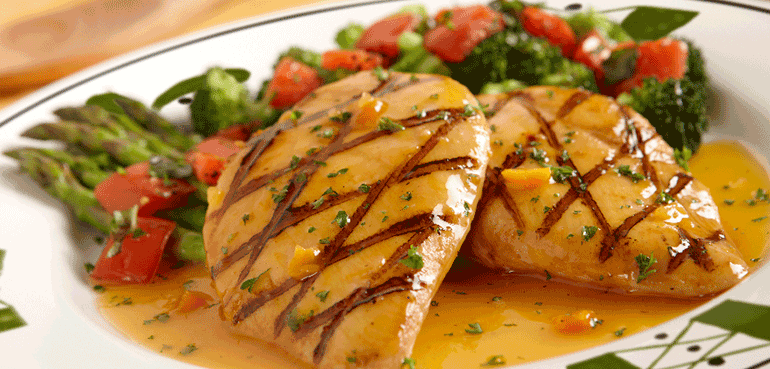Q: What Are the Best Choices for Dining with Diabetes at Olive Garden?
A: Nutritional needs vary for each person with diabetes depending upon calorie needs, medications, other health issues, and diabetes management goals. The American Diabetes Association recommends that each person with diabetes should receive individualized nutritional therapy, preferably provided by a registered dietitian, as an effective component of the overall treatment plan. The association also states that a variety of eating patterns are acceptable for the management of diabetes.
Guidelines issued by the American Diabetes Association note that there is no conclusive evidence of an ideal amount of carbohydrate intake for people with diabetes. However, monitoring carbohydrate intake remains a key strategy in achieving glycemic control.
Some general guidelines for selecting meals that are best for diabetes management include:
- For good health, carbohydrate intake from vegetables, fruits, whole grains, legumes, and low fat dairy products is advised over intake from other carbohydrate sources, especially those that contain added fats, sugars, or sodium.
- Select whole grains, vegetables, fruit, and legumes to increase your fiber intake.
- Select lean proteins and low-fat or non-fat dairy to reduce saturated fat.
- Reduce sodium intake to less than 2,300 mg per day. Further sodium reduction should be individualized for people with both diabetes and hypertension.
- The “Create Your Plate” concept is one strategy that is recommended to manage portion size and eat a balanced diet.
- Divide your plate into 4 equal sections.
- Put “Lean Protein” such as chicken, fish, lean meat, eggs, or tofu in one section.
- Put “Starchy” foods like potatoes, rice, pasta, corn or legumes in one section.
- Fill two sections with “Non-Starchy Vegetables” like salad greens, spinach, broccoli.
- Keep in mind that Bread and other Grains, Fruit, Milk, and Yogurt are also Carbohydrate choices.
When dining at an Italian-themed restaurant, such as Olive Garden, keep in mind these suggestions when selecting menu items:
- Select meals which include lean protein (i.e., chicken, fish, lean meat) rather than a pasta entrée).
- Select pasta as a side dish instead of an entrée.
- Request whole grain pasta (such as whole wheat) instead of refined white pasta.
- If a pasta entrée is selected, place at least half of it in a “to-go” container as soon as your meal is served. Enjoy it at another meal! Add some lean protein, a tossed salad and non-starchy vegetables to complete your meal.
- Many meals are large portions, so consider splitting the meal with a friend or taking half of the meal home for another meal later.
- Enjoy the mixed green salad served with the meal. Request that oil & vinegar dressing be served on the side so that you can mix in only a small amount to reduce calories. Italian dressing and other salad dressings generally are high in sodium and calories. Or, request vinegar or lemon juice to add flavor to your salad without adding sodium or calories!
- When given the choice between adding soup or tossed salad to your meal, it is best to select the salad (with dressing on the side) rather than soup. Many soups provide an additional carbohydrate source to your meal as well as a significant amount of sodium.
- Request non-starchy vegetables (such as broccoli, Italian squash, or spinach) as a side dish. Request that these items be prepared without sauce or butter to limit calories, saturated fat, and/or sodium.
- Keep in mind that many restaurant dishes are high in sodium. Adjust your sodium intake for the rest of the day to try to stay below 2,300 mg sodium per day.

